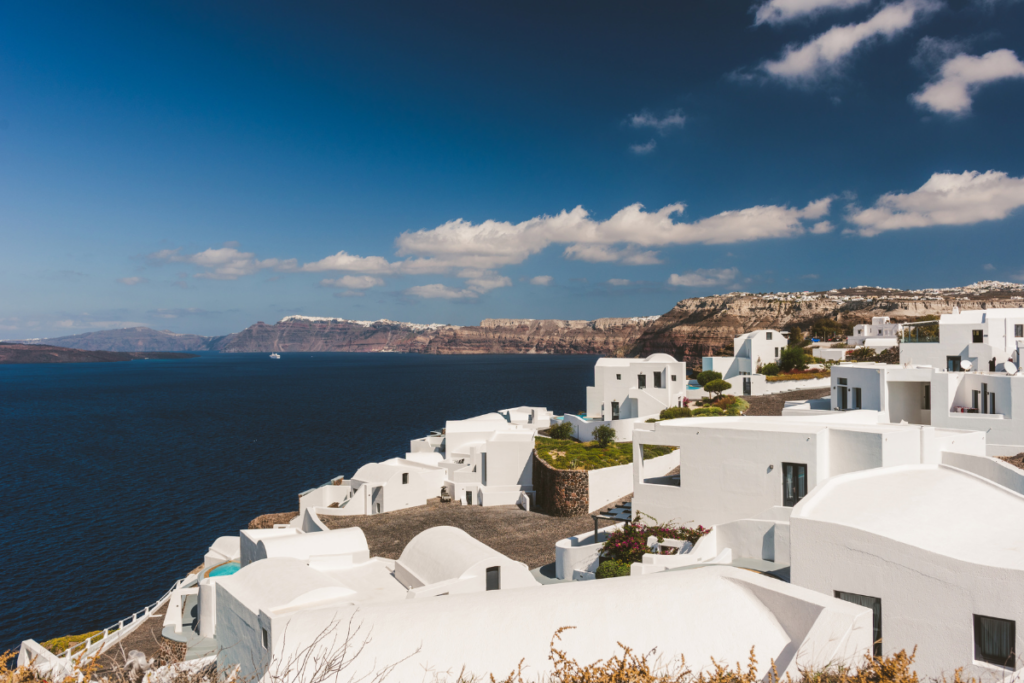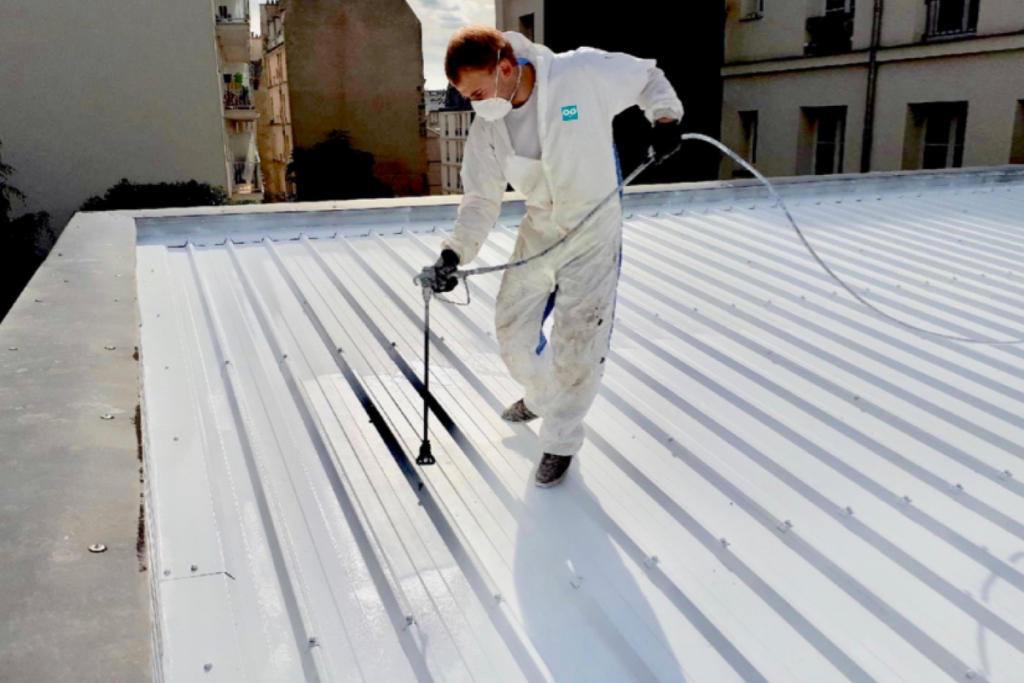In the mainstream media or in scientific publications, we hear more and more often speak of ” cool roofs “ (“roofs costs” in French). But the concept of the roof cool is not new, it is very old !
What is its history ? Where does it come from and what were its evolutions ?
The principle of the “cool roofing” (include the installation of a roof fresh) is not new, far from it ! It is rathera technology rooted in thehistory of traditional practices and popular of the building… cross to the recent technological developments.
The use of materials and coatings clear is found in many civilizations, even if it is sometimes difficult to distinguish between the use of aesthetic or utility.

In the case of the civilizations of the mediterranean basin, the utility was able to be proven. The peoples of some countries, such as Greece continues to coat the walls and roofs of a white-coated in order to limit the warming of the building. The coating traditionally used is a waterbased coating of white lime. It must be renewed annually due to its degradation is relatively fast.
The mineral matter have been privileged to achieve the white color that you want. The limestone in the form of lime, some grades of kaolin and feldspar, gypsum and marble. As for the color white, it is explained by its albedo (reflectivity) high, which decreases the amount of heat stored.
Since the thermal properties of the roofs and facades of clear have been discovered, the story took its course. The biggest event in the recent history of the Cool Roof is the development of the space conquest.
A probe of the program Solar Probe of NASA is hosting a Cool Roof since August 2018. Of course, a probe nhas no roof, but the goal is the same. It is a layer of ceramic paint white specially developed to meet the constraints of space projects. It is applied on the heat shield of the probe, in order to protect it from direct solar radiation. Theobjective is to reflect the maximum solar radiation so that what is below does not get too hot. As whenwe apply the Cool Roof of a building !
For the past few years, the fight against climate change has become a subject of paramount importance (rightly so !). Here, too, the cool roofing has been able to prove its usefulness. Its albedo can reduce the amount of radiation IR emitted in the direction of the atmosphere and intervening in the cycle of thegreenhouse effect.
In addition, the installation of a Cool Roof can reduce the use of air conditioning. It helps to reduce the emission of greenhouse gases anthropogenic. First, the direct emissions of cooling systems (halocarbons), and then, the indirect emissions due to electricity production that require such systems.

The massive deployment of “cool roofs” is highlighted by the major players in the ecological transition, such as the IPCC or the ex-Secretary of State to the u.s. Energy Steven Chu. The latter expressed in 2010 that ” cool roofs are one of the fastest and least expensive to slow global warming. “
In its reports, the IPCC cites the installation of Cool Roofs as an interesting element in the fight against global warming. In his final summary report (AR5), ” Akbari et al argue that change the reflectance solar roof dark (r=0.15) with a white roof, even imperfect (r=0,55), allows a single economy of 1 to 2.5 tCO2 for 10m2 area changed. “
The Cool Roof is well past events ofa use under the “common sense” and the empirical observation of their performance in the ancient civilizations of the mediterranean basin, technology development, advanced to participate in the last missions of NASA.
In the meantime, theoretical studies and practices have been conducted, highlighting the positive role that can play the cool roofing in the framework of the fight against climate change.
📖 The final synthesis report of the IPCC, dating back to 2014, the AR5 (for advanced readers) : https://www.ipcc.ch/report/ar5/syr/
📖 a Few questions (and answers !) on climate change by Jean-Marc Jancovici, less technical than the IPCC report : https://jancovici.com/category/changement-climatique/